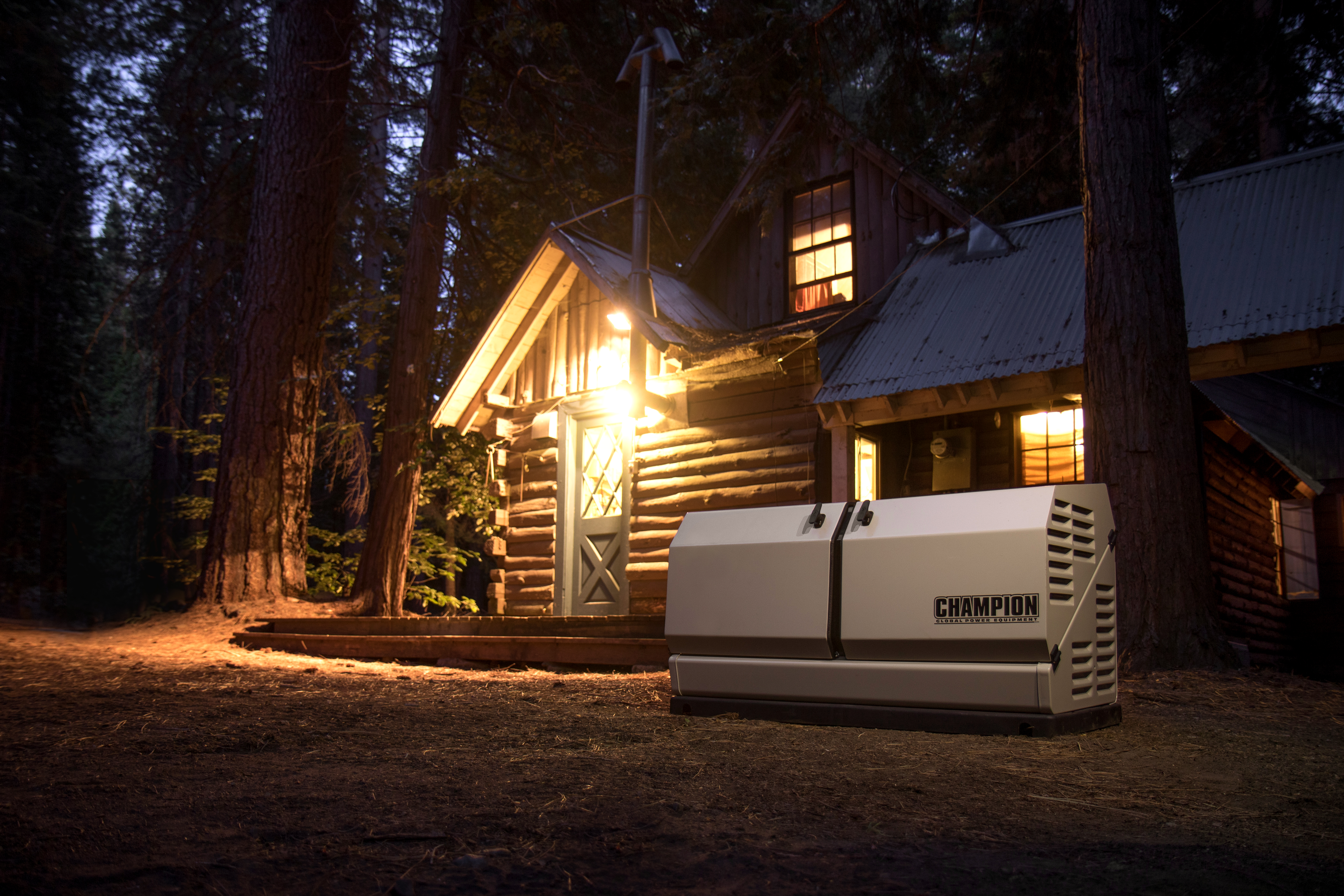I have one of these 8500w and it runs my water pump and groundsource heat pump fine. As well as all the lights and fridge etc not sure why you would need bigger.When you get serious about Home stand by,

Home Standby Generators – Champion Power Equipment
A Champion home standby generator provides peace of mind, security and convenience for your family during an emergency by automatically powering the essentialswww.championpowerequipment.com
Check out Champion Home Standby Generators, they are good for the price, and come with 10 year warranty on Parts. I'm a dealer for Champion, so of course I would push them. Having said that, we install more Generac 22.5k models, as the Champion's largest they offer is 14.4k. Nonetheless, the Generac cost more and only have 5 year warranty and 14.4kW is plenty enough for most peoples needs.
Consumer Reports highly rates the Champion and has noted it as a "Best Buy", we've also found they are less finicky then the Generacs as they don't have as many nanny's and safeguards in place and way more electronic wizardry that trips up the generator. The Champion is simply more basic and mechanical, but it just works. In one trailer park we installed a Champion in, he said the majority of residents had Generacs, and the service guy was a regular visitor there for problem service work.
At the end of the day, they are both good for different reasons, choose what's best for you.
Sent from my moto g(8) plus using Tapatalk
















